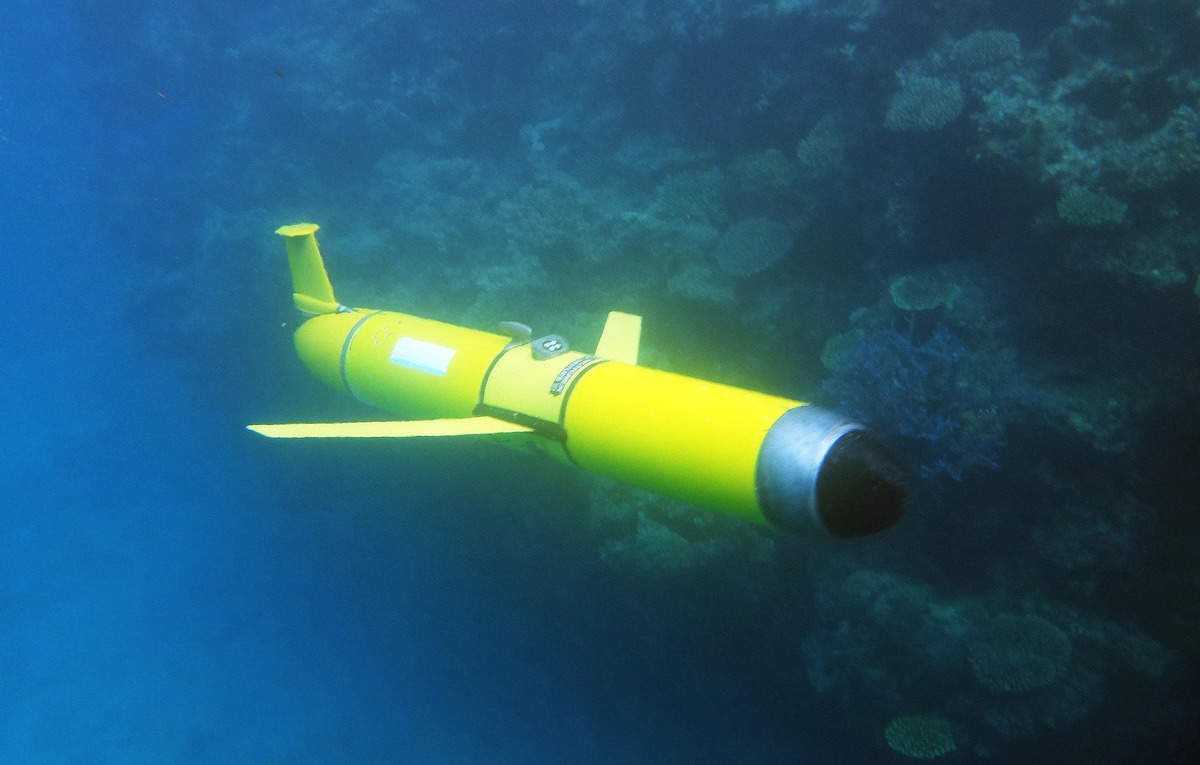
India and the United States have entered a groundbreaking partnership to jointly manufacture advanced autonomous naval systems, marking a new chapter in defense cooperation between the two nations.
The agreement, named Autonomous Systems Industry Alliance (ASIA), was signed during the Modi-Trump meeting and includes the development of cutting-edge maritime technologies aimed at strengthening surveillance capabilities in the Indo-Pacific region.
Among the key systems planned for co-production is the Wave Glider, an unmanned surface vehicle that can operate continuously for up to one year using tidal and solar power. This silent data-gathering platform can track submarine movements, collect weather information, and monitor warship activities. Boeing's Liquid Robotics will partner with India's Sagar Defence Engineering to produce 60 Wave Glider units.
The collaboration also includes the Sea Picket autonomous surveillance system, which can detect and relay information about surface and submerged vessel movements for over six years without interruption.
Indian defense companies will play major roles in these projects. Bharat Electronics Limited (BEL) will work with L3 Harris to develop Low Frequency Active Towed Sonar for Indian warships, while Bharat Dynamics Limited (BDL) will partner with Ultra-Maritime to produce Multi-Static Active sonobuoys.
Another notable project is the Triton autonomous vehicle, developed by Ocean Aero, which uniquely combines surface and underwater capabilities. Discussions are also underway for co-producing Large Diameter Autonomous Undersea Vehicles with US-based Andruil.
This partnership represents the first time the US defense industry has offered to collaborate with another country on such sensitive underwater surveillance technologies. The initiative may expand over time to include additional technologies, with potential exports to friendly nations in the Indo-Pacific region.